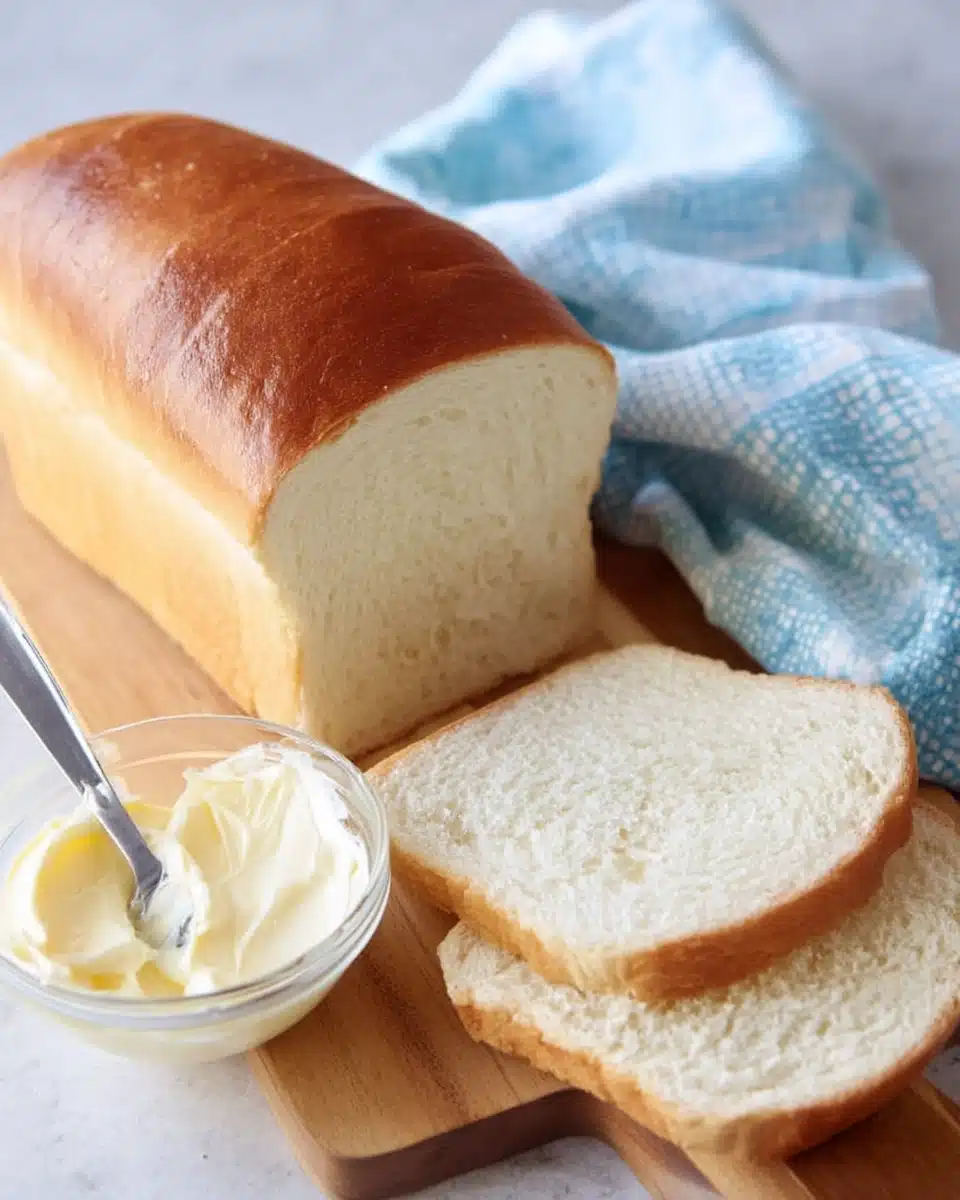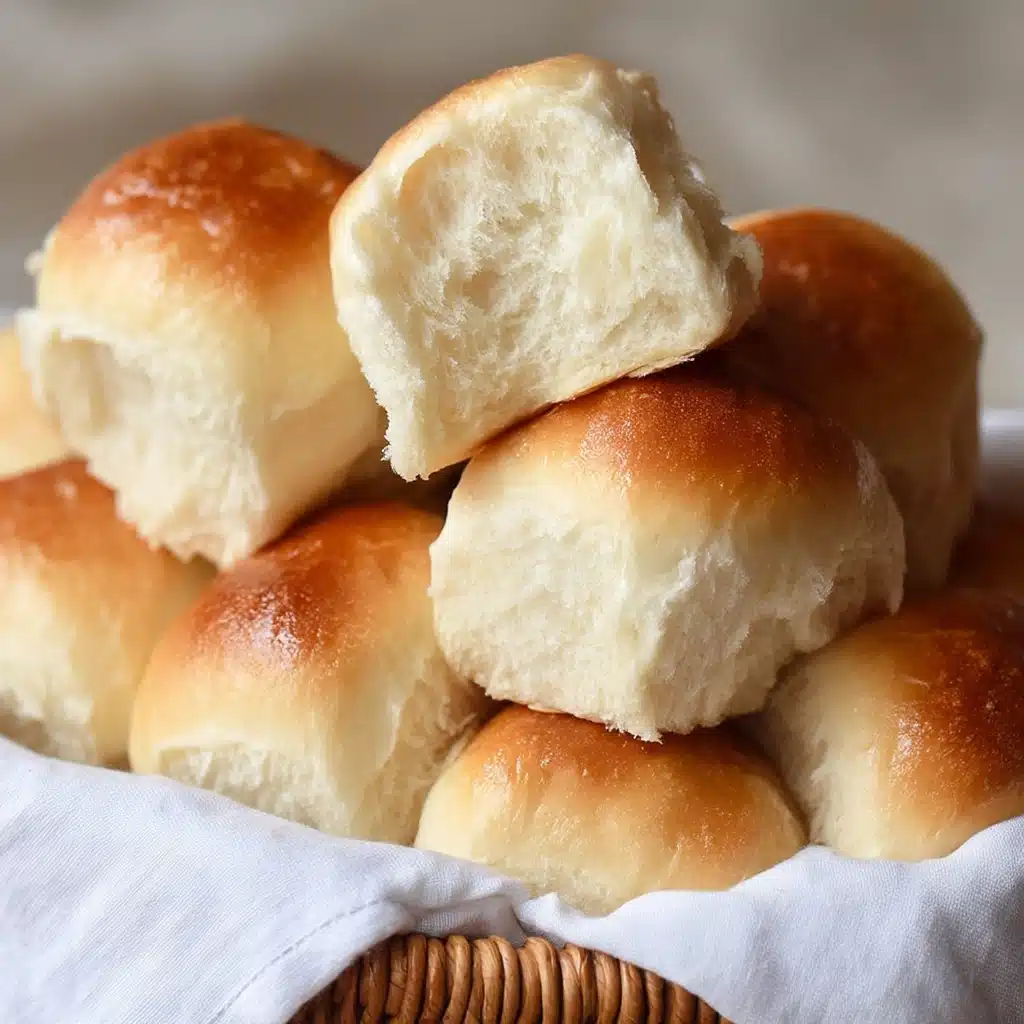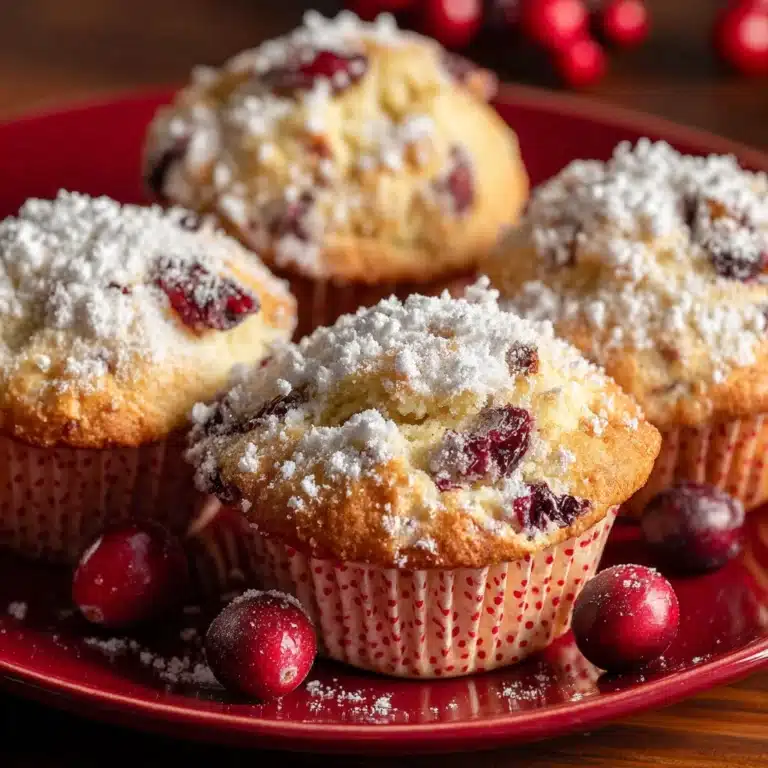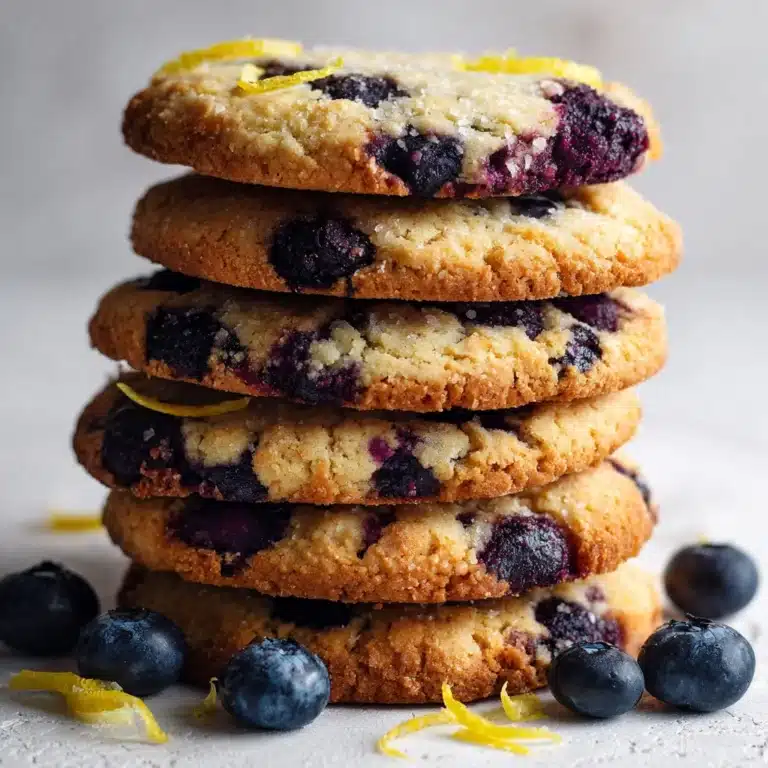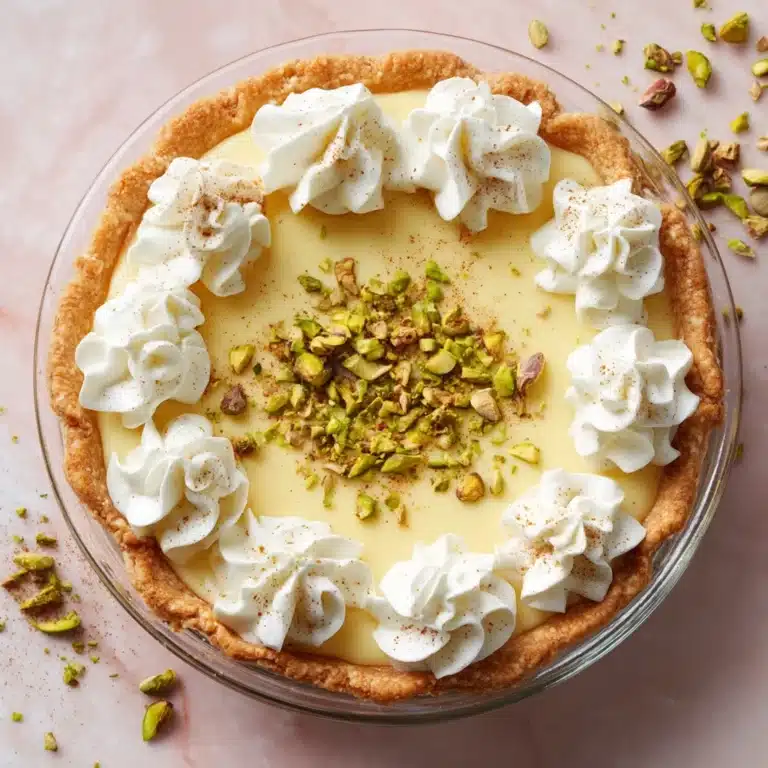If you’ve always dreamed of baking fresh loaves in your own kitchen, One Basic Bread Dough is your ticket to bread bliss. This universal recipe transforms a few humble, everyday ingredients into a golden, chewy loaf with a crisp crust and an irresistible aroma that fills the whole house. Whether you bake it as sandwich bread, baguettes, rolls, or pizza, this dough will quickly become your go-to for all things yeasty, warm, and wonderful. The best part? Even if you’re just starting out, you’ll be shocked at how simple and rewarding it is to master bread from scratch using this keyphrase: One Basic Bread Dough.
Ingredients You’ll Need
The magic of One Basic Bread Dough lies in its minimal ingredients, each serving a vital purpose for creating the perfect loaf. Here’s what you need, along with why each one deserves a spot in your mixing bowl:
- All-purpose flour: The foundation of your bread; all-purpose flour gives structure while keeping the crumb soft yet sturdy.
- Active dry yeast: This powerhouse ingredient gives rise and bubbly texture to your loaf—make sure it’s fresh for the best lift.
- Warm water: Temperature matters; warm (not hot!) water activates the yeast and helps the dough come together.
- Sugar: Just a pinch feeds the yeast and adds a subtle sweetness to balance the flavors.
- Salt: Don’t skip this—salt strengthens the gluten and brings out the best in bread’s flavor.
- Olive oil (optional): A drizzle of oil creates a tender crumb and gives a hint of rich flavor, but you can skip it if you prefer a crustier loaf.
How to Make One Basic Bread Dough
Step 1: Activate the Yeast
Start by combining the warm water, sugar, and active dry yeast in a large bowl. Stir gently and let it sit for about 5 to 10 minutes until it’s frothy. This step ensures your yeast is alive and ready to give One Basic Bread Dough its classic airy lift—if you don’t see bubbles, your yeast might be expired or the water may have been too hot or cold.
Step 2: Mix the Dough
Add the all-purpose flour and salt (plus olive oil if you’re using it) to your activated yeast mixture. Using a wooden spoon or your hand, stir everything together until it forms a rough, sticky dough. Don’t worry—the dough will look shaggy at first, but it’ll come together as you work it. This stage lays the groundwork for the irresistible texture of One Basic Bread Dough.
Step 3: Knead the Dough
Turn the dough out onto a lightly floured surface and knead for 8 to 10 minutes. Push, fold, and rotate the dough, feeling it transform from sticky to smooth and elastic. Kneading develops the gluten, giving your bread that delightful chewy bite. If the dough sticks to your hands, dust lightly with flour, but avoid adding too much—you want One Basic Bread Dough to stay tender.
Step 4: First Rise
Place the dough in a clean, greased bowl and cover it with a damp cloth or plastic wrap. Let it rest in a warm, draft-free spot for 1 to 2 hours, or until it doubles in size. This step is all about patience: as the yeast works, your One Basic Bread Dough will become lighter, airier, and full of life.
Step 5: Shape and Second Rise
Punch down the dough gently to release excess air, then shape it into a loaf, rolls, or whatever form you like. Place your shaped dough onto a baking sheet or pan and let it rise a second time for 30 to 45 minutes—this final rest helps set the structure and ensures an even crumb in your finished One Basic Bread Dough.
Step 6: Bake to Golden Perfection
Preheat your oven to 375°F (190°C). Bake your bread for 25 to 30 minutes, or until it’s deep golden brown and sounds hollow when tapped underneath. Nothing beats the aroma swirling through your kitchen—take a moment to admire your creation! Let the bread cool slightly before slicing, so the crumb sets properly.
How to Serve One Basic Bread Dough
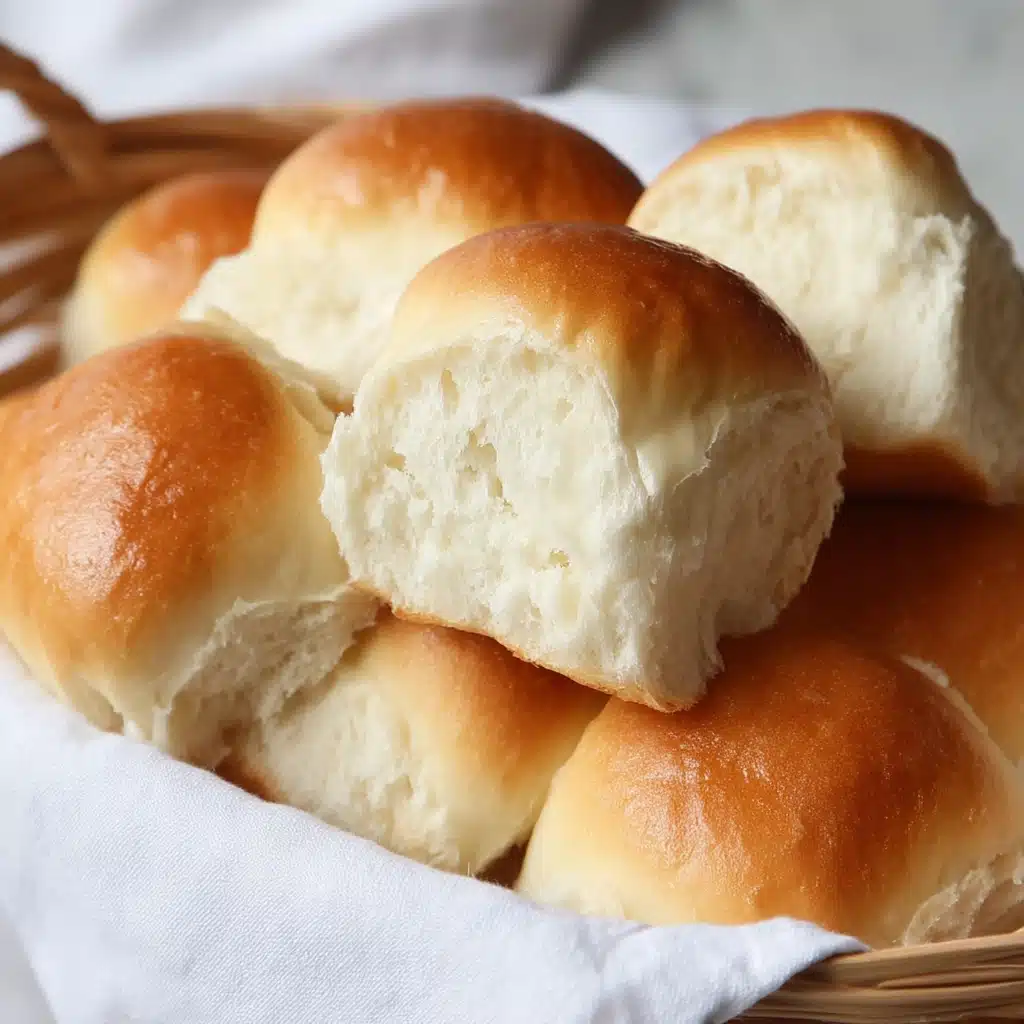
Garnishes
While the fresh loaf stands beautifully on its own, a brush of melted butter or a sprinkle of flaky sea salt right after baking boosts flavor and visual appeal. For a herby twist, try scattering chopped rosemary or thyme over the top before baking.
Side Dishes
There’s no end to what you can pair with One Basic Bread Dough! From classic soups and hearty stews to fragrant dips and soft cheeses, this bread turns every meal into something celebratory. Even a simple olive oil and balsamic vinegar mix can become the star side with slices of your homemade bread.
Creative Ways to Present
Turn your One Basic Bread Dough into mini rolls for sharing at dinner parties, bake it in a Dutch oven for a rustic round loaf, or twirl it into knots and top with seeds. Divide the dough and add toppings for homemade focaccia or press into a rectangle and spread with cinnamon sugar before rolling up for sweet breakfast buns—the options are endless!
Make Ahead and Storage
Storing Leftovers
To keep One Basic Bread Dough at its freshest, store cooled bread in an airtight bag or food wrap at room temperature. It’ll stay delicious for up to 3 days, perfect for slicing whenever a craving strikes.
Freezing
You can freeze both baked and unbaked dough. If you want to freeze the unbaked dough, shape it and let it complete its first rise, then wrap it tightly before placing in the freezer. For baked loaves, cool completely, slice if desired, and store in a freezer bag—it’ll keep for up to two months. Thaw on the counter before serving or baking.
Reheating
To recapture the just-baked texture, wrap thawed or day-old bread in foil and warm in a 350°F (175°C) oven for 10 to 15 minutes. For rolls, a quick reheat in the toaster brings back that irresistible warmth and crustiness of One Basic Bread Dough.
FAQs
Can I use whole wheat flour instead of all-purpose flour?
You definitely can swap in whole wheat flour! The result will be denser and nuttier, and you might want to add a splash of water or let it rise a bit longer to get a softer loaf with your One Basic Bread Dough.
How do I know when my dough has risen enough?
Check the first rise by pressing your finger into the dough—if the indentation slowly springs back but leaves a slight mark, you’re ready to shape One Basic Bread Dough. Over-proofed dough can collapse, so watch carefully.
Can I add ingredients like herbs, cheese, or nuts?
Absolutely! Fold in fresh herbs, shredded cheese, chopped nuts, or dried fruits after kneading for personalized One Basic Bread Dough every time. Just don’t overload, or you might affect the structure.
How can I tell if my bread is baked through?
Your loaf should sound hollow when tapped on the bottom. You can also use an instant-read thermometer—One Basic Bread Dough is ready at 190°F (88°C) inside.
Is it necessary to use olive oil?
Olive oil is optional and adds softness and flavor. If you prefer a chewier crust or have none on hand, One Basic Bread Dough turns out beautifully without it too.
Final Thoughts
Baking your own bread isn’t just about delicious results—it’s about the joyful ritual of creating something warm and nourishing with your own hands. Once you try One Basic Bread Dough, you’ll be amazed at how versatile and foolproof it is. Don’t hesitate: roll up your sleeves, grab your ingredients, and let your kitchen fill with the wonderful scent of home-baked bread. Enjoy every bite!
Print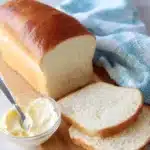
One Basic Bread Dough Recipe
- Prep Time: 15 minutes
- Cook Time: 30 minutes
- Total Time: 2.5 to 3 hours (including rise time)
- Yield: 1 large loaf or 12 rolls
- Category: Bread
- Method: Baking
- Cuisine: Universal
- Diet: Vegetarian
Description
This versatile, foolproof bread dough delivers a golden crust and chewy crumb every time. Perfect for loaves, rolls, pizza, or focaccia, it’s the one recipe every home baker should master.
Ingredients
- 3 1/2 cups all-purpose flour
- 2 1/4 tsp active dry yeast (1 packet)
- 1 1/4 cups warm water (about 110°F)
- 1 tbsp sugar
- 1 1/2 tsp salt
- 1 tbsp olive oil (optional)
Instructions
- In a large bowl, mix warm water, sugar, and yeast. Let sit for 5–10 minutes until foamy.
- Add flour, salt, and olive oil (if using). Stir until a shaggy dough forms.
- Knead on a floured surface for 8–10 minutes until smooth and elastic.
- Place dough in a greased bowl, cover, and let rise in a warm spot for 1–2 hours, or until doubled in size.
- Punch down dough, shape as desired (loaf, rolls, etc.), and let rise again for 30–45 minutes.
- Preheat oven to 375°F (190°C). Bake for 25–30 minutes or until golden brown and hollow-sounding when tapped underneath.
- Let cool slightly before slicing. Enjoy!
Notes
- Substitute whole wheat flour for a heartier loaf, but expect a denser result.
- Customize by folding in herbs, cheese, nuts, or dried fruit after kneading.
- Bake in a Dutch oven or loaf pan for different finishes.
- Dough can be refrigerated overnight after first rise or frozen before final baking.

